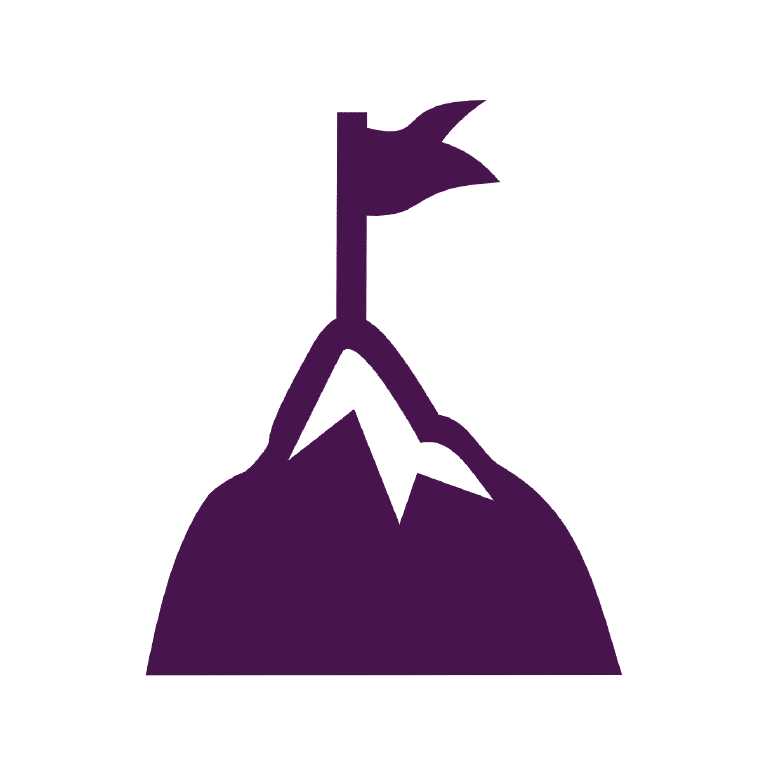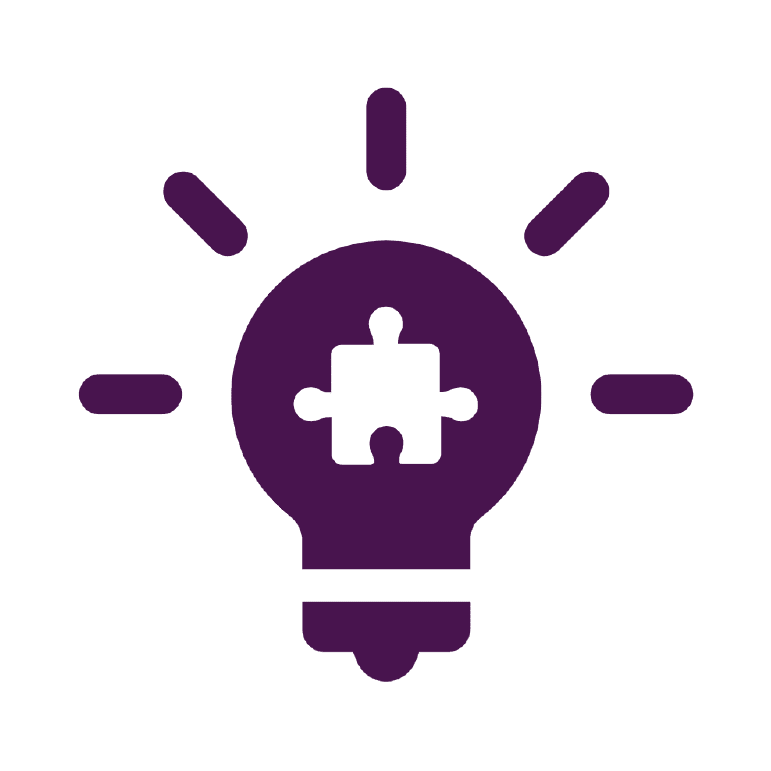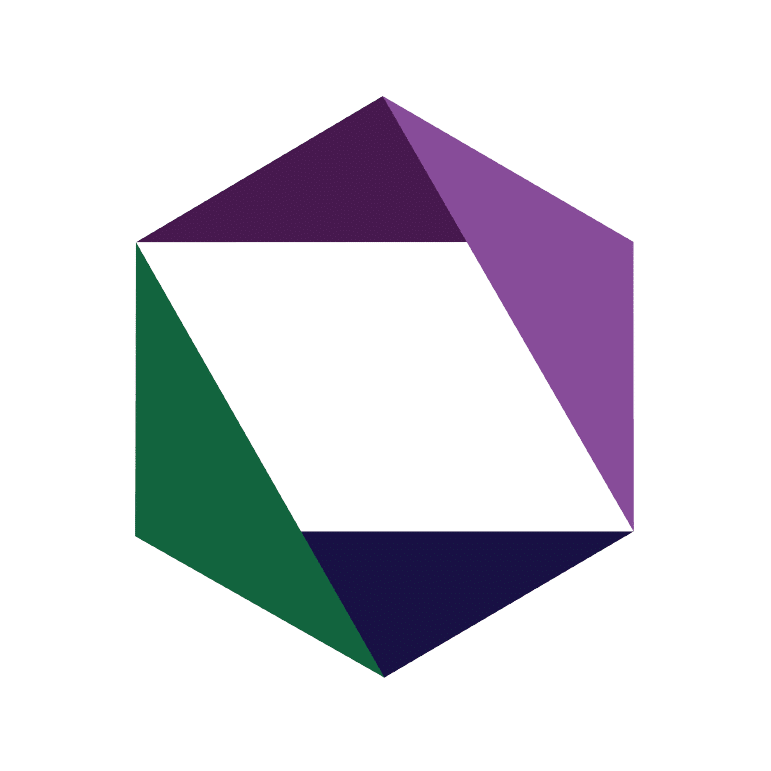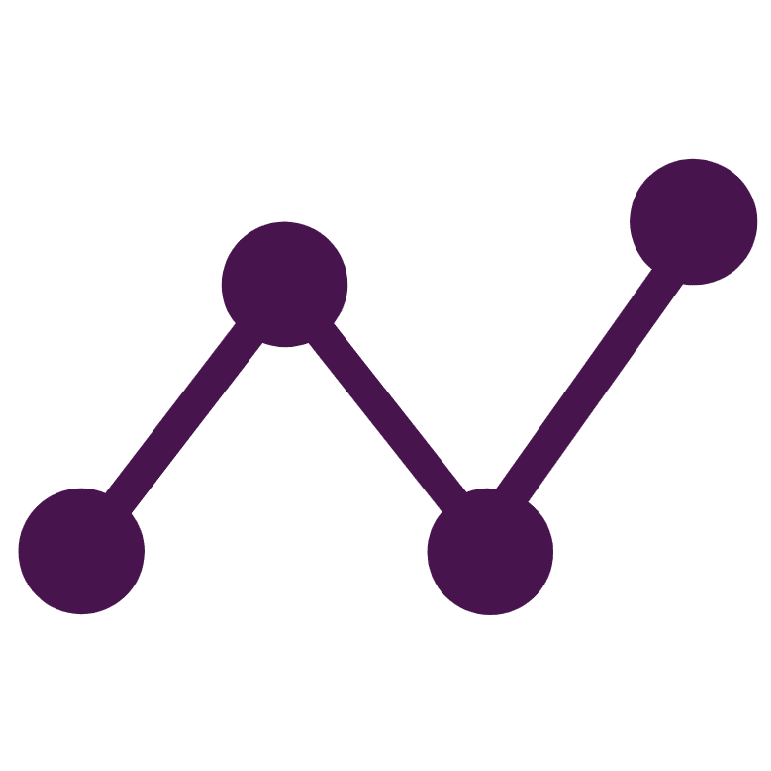
The Challenge
At over 30,000 employees, this diverse insurance organization has business areas that widely vary in information maturity, some actively leveraging taxonomies while others used basic/unorganized tagging systems or simple folder structures. Even business areas with mature taxonomies were managing them in lengthy, detailed word documents that lacked version control and governance. As a result, the organization recognized a business need to automate and improve the process for taxonomy management, not just by purchasing and leveraging technology but concurrently gathering information, assessing the current state, educating stakeholders, and building consensus to ensure success.

The Solution
EK collaborated with the organization to create a strategy focused on both the people and the technology needed to support an enterprise taxonomy. EK developed a cross-functional governance group that would provide dedicated ownership, clear roles, and actionable responsibilities for maintaining the taxonomy. As part of defining this governance structure and process we included:
- Guidance on how to make changes or adjustments to the taxonomy;
- Guidance on how to consider new integrations and opportunities; and
- Roles and responsibilities for governance group members.
EK also worked collaboratively with the organization in working sessions and alignment conversations to ensure agreement on preferred labels, synonyms, and completeness. These sessions also served as training to increase awareness of the enterprise taxonomy, the technology we had selected to manage it, and the overall business value resulting from our effort.

The EK Difference
EK’s change and communications expertise, along with our Agile delivery approaches, ensured that all stakeholders were represented, felt heard, and had input into the end products. EK facilitated multiple conversations with stakeholders from across the business to develop and lay the foundation for a cohesive, collaborative working team who could maintain the taxonomy. In addition, the iterative approach to both taxonomy enhancement and governance plan design ensured consistent feedback loops and engagement by all stakeholders.

The Results
The organization’s new enterprise taxonomy and taxonomy management platform support the ability to manage the taxonomy centrally, leverage autotagging, and implement faceted search, all while providing the flexibility to integrate into multiple internal systems, including the SharePoint based intranet. The taxonomy itself increased findability of content which allowed employees and customers the ability to find content and information more readily, saving time and effort, and creating a better overall user-experience. The taxonomy is also a foundational capability to support other technologies and future projects like knowledge graphs and advanced search capabilities with the on-going goal of more quickly gaining insights and innovations to improve customers and employee experiences and information gathering.
